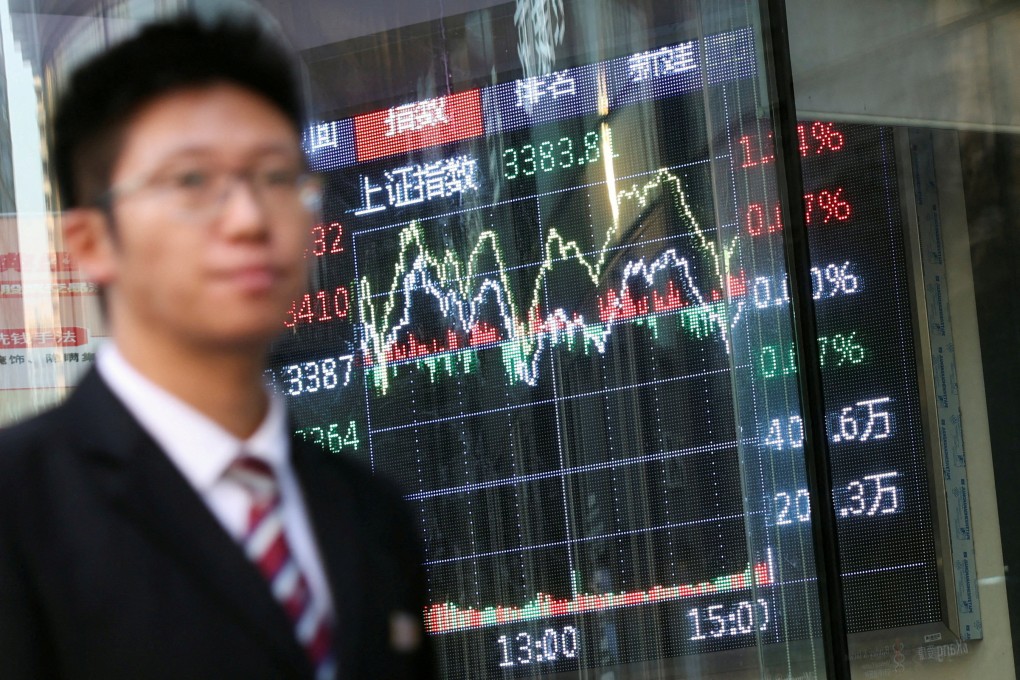Advertisement
China stocks set for US$236 billion influx from state-owned investors: UBS
Beijing’s call for insurers, mutual funds and social-security funds to boost their A-share investments should reduce volatility, analysts say
Reading Time:2 minutes
Why you can trust SCMP
4

Yuke Xiein Beijing
China’s plan to draw long-term capital into its stock market, as a stabilising measure amid escalating tensions with the US, could drive net inflows from insurers, mutual funds and social-security funds to 1.7 trillion yuan (US$236.2 billion) this year, according to UBS.
Insurance funds’ allocations to Chinese equities could rise steadily amid falling bond yields, with net inflows into yuan-denominated A shares from this segment expected to reach 1 trillion yuan this year, Meng Lei, China equity strategist at UBS, said in a report on Friday. Meanwhile, mutual funds and social-security funds are projected to increase their A-share holdings by 590 billion yuan and 120 billion yuan, respectively.
“By setting up a longer-term investment horizon for the major institutional investors on the A-share [market], this should reduce the inherent volatilities in the market,” James Wang, the Swiss bank’s head of China strategy, said in a separate note. This should further encourage more longer-term capital into the equity market, he added.
China’s latest measures could generate consistent inflows equivalent to up to 1.3 per cent of market capitalisation per year, Wang said.
The country’s six financial regulators issued an action plan on Wednesday to guide institutional investors, including mutual funds and insurance companies, to increase their onshore stock purchases, as they brace for uncertainties during Donald Trump’s second term as US president.
Trump stated on Friday that he would “rather not” proceed with his tariff threats, despite having pledged a 60 per cent tariff on all Chinese goods imported into the US during his campaign.
Advertisement